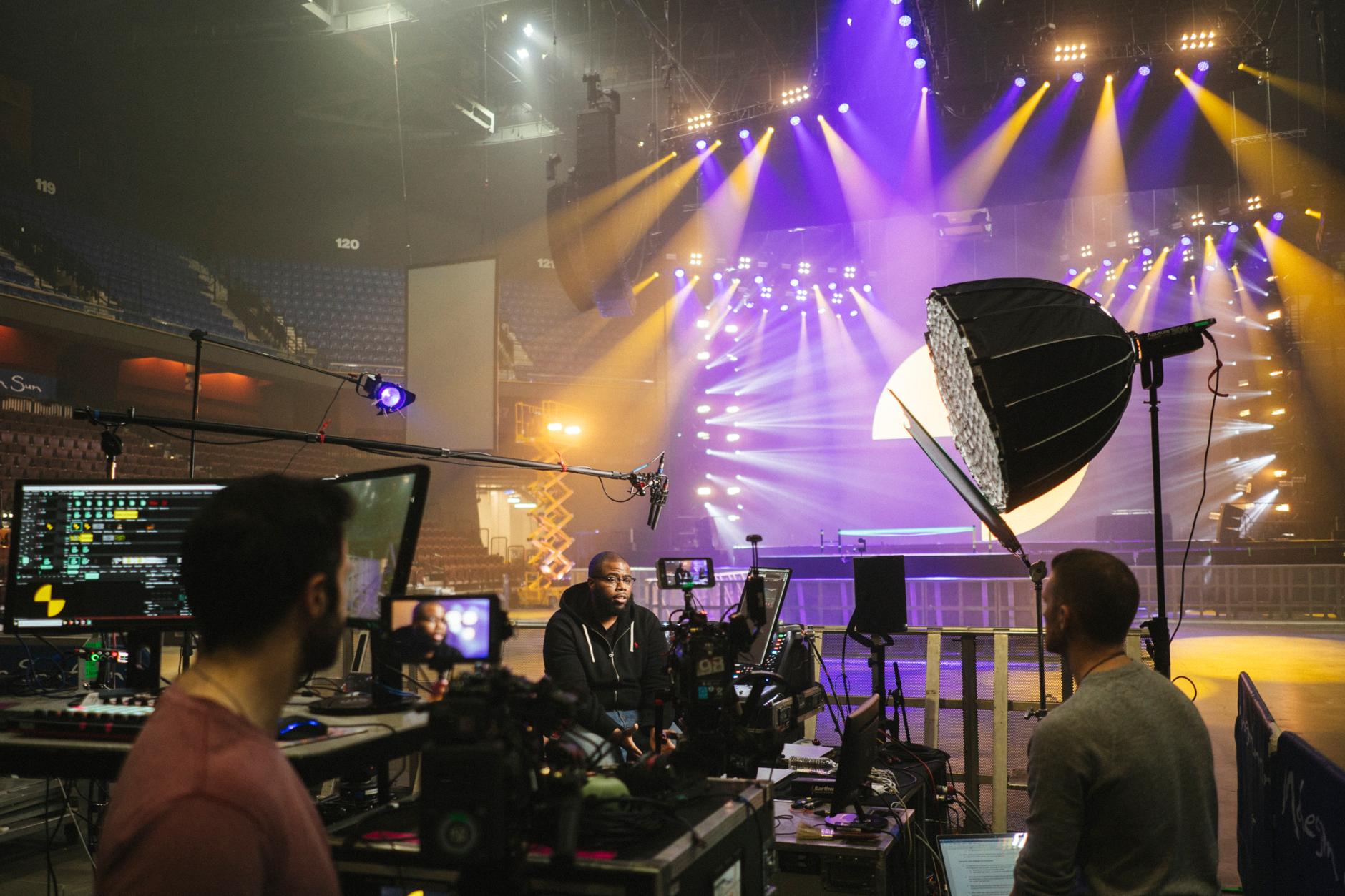With sold out stops across America, Blackwell says that every day on tour is a new adventure. But, "every city starts the same way: Our trucks pull up, doors open, gang of stage hands come and push all our gear in. Usually my stuff is the first to come off and it goes immediately to FOH. While they're building the stage, I'm tipping my console, getting my racks all together and [setting up] my interconnect between everything."
While the audio team flies the PA, they pay careful attention to making sure the main and side hangs give even coverage to the crowd area. "I think that's very key to getting a good sound for a show," he explains. "We want the system as a whole to move together. Once you start having speakers move at different times, it tends to cause havoc. While we're tuning the PA, we use pink noise from the console as our generator into a program called SMAART. As that comes out through the speakers, it's being compared through an Earthworks Audio M30 microphone, which gets the best reference to what's coming out of the PA, and more importantly what is happening in the room."
For this tour, the crew relies on d&b J-series speakers. At its largest, 16 boxes make up the main hangs and 12 are allotted for the side hangs. On the ground, there are nine d&b B22s per side, which Blackwell says "get you that real thump feeling that a lot of subs can't reproduce. To be honest, d&b is probably one of my top-three favorite speaker manufacturers.”
After the Systems Engineer, Bernarr Ferebee and PA and monitor techs Chris Smith and Noah Gary are done flying the PA, the stage crew rolls the stage in to place. "That's where my work starts," he continues. "I time align the PA, play a couple of reference tracks and walk the room to make sure the coverage is even. My goal is to always have his vocal in your face everywhere in the venue, because that's why you come to a show. I listen to each spot, making fine adjustments, especially on the side hangs. That's where I feel like it gets a little gnarly with two speakers covering the same listening area. After making those adjustments, I walk the listening area for the last time and we're pretty much good to go."
Though, typically, the next step would be sound check, Blackwell and his crew don’t do one that often. "I do what we call a virtual sound check, where I multi-track the previous night's show and play it back as if Rocky is onstage performing," he explains. "It's very key to how I mix the shows. For this tour, we have a playback operator in monitor world controlling Ableton, which spits out all our tracks and timecode, syncs lighting and video and also fires snapshots of my console. Snapshots are basically presets for each song. For me, most of my snapshots are the starting point of each song. When you combine the time code and snapshots, you don’t have to worry about hitting next or remembering mix changes."


































